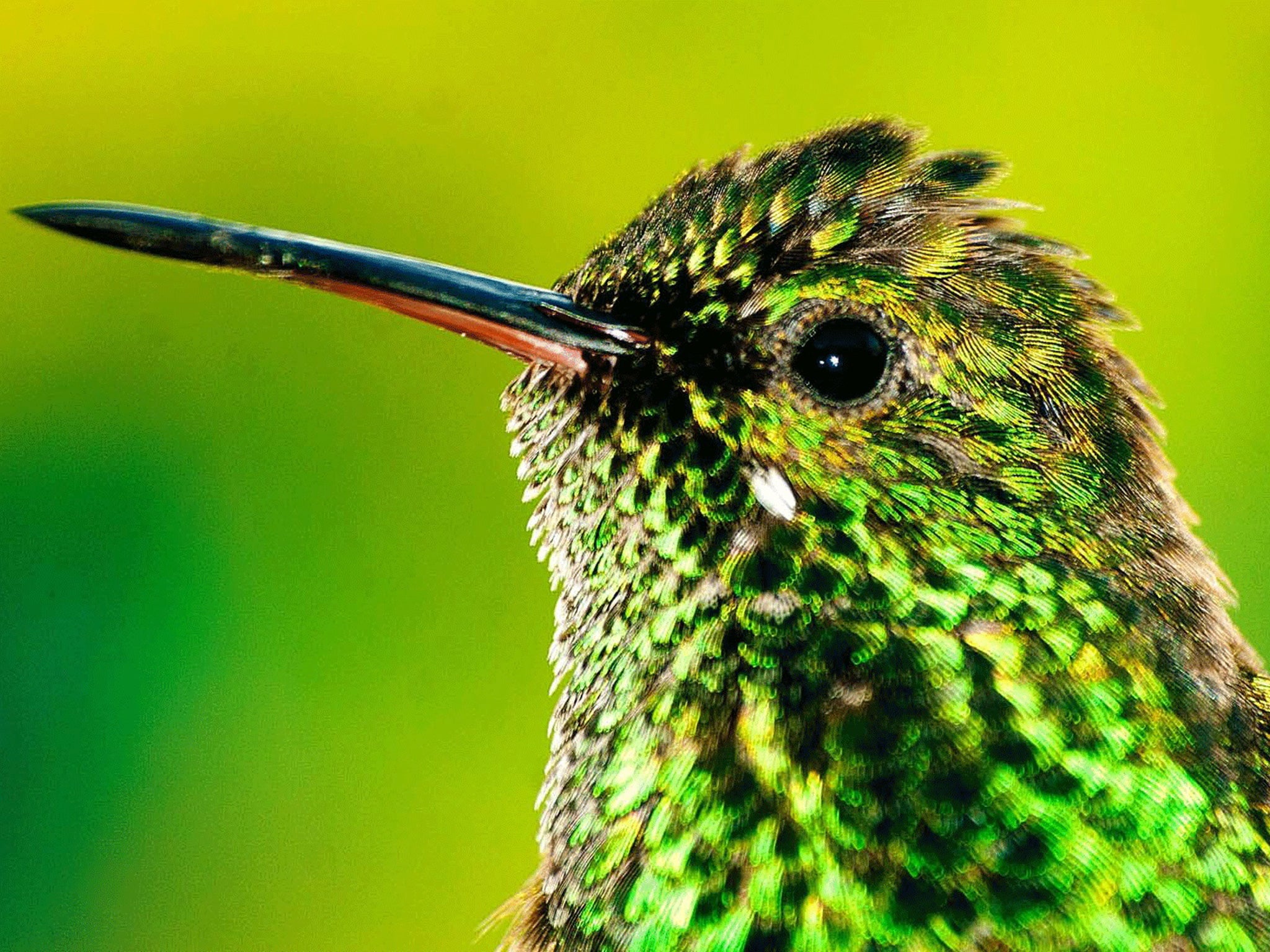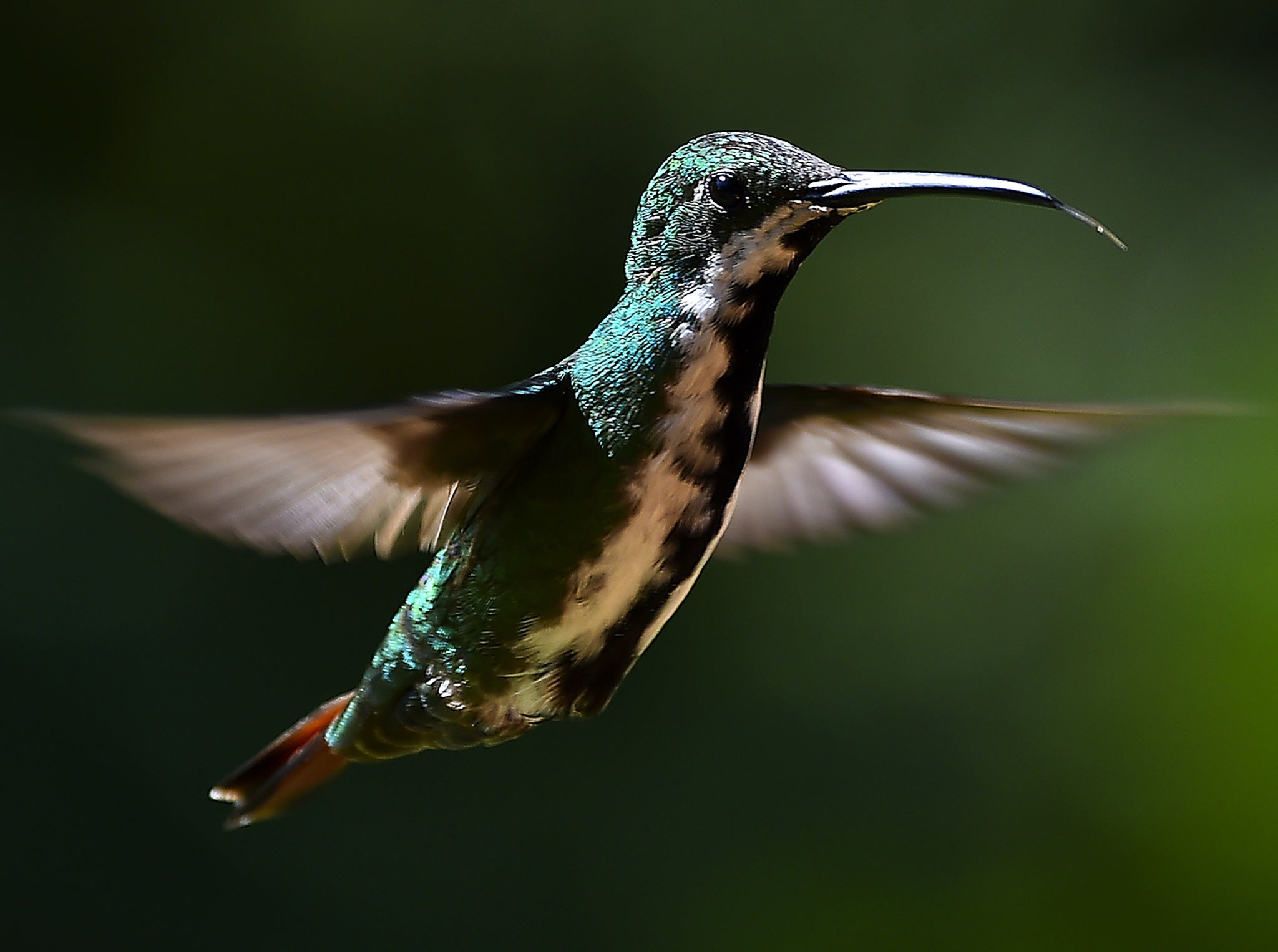Iridescent flights of fancy in Tobago
Even non-twitchers will be enchanted by the prolific birdlife on this dazzling island. By Alexander McLeod

Your support helps us to tell the story
From reproductive rights to climate change to Big Tech, The Independent is on the ground when the story is developing. Whether it's investigating the financials of Elon Musk's pro-Trump PAC or producing our latest documentary, 'The A Word', which shines a light on the American women fighting for reproductive rights, we know how important it is to parse out the facts from the messaging.
At such a critical moment in US history, we need reporters on the ground. Your donation allows us to keep sending journalists to speak to both sides of the story.
The Independent is trusted by Americans across the entire political spectrum. And unlike many other quality news outlets, we choose not to lock Americans out of our reporting and analysis with paywalls. We believe quality journalism should be available to everyone, paid for by those who can afford it.
Your support makes all the difference.Newton George is a magician. Whenever he pointed his magic wand (aka a laser pen) at a branch of a tree, hey presto, a bird appeared, sitting right next to it. Either that, or he’d been round earlier in the morning bribing the blessed things. It happened again and again: look at the green dot, he’d say, and kapow, a sabre-winged hummingbird materialised out of thin air.
For the half-dozen of us on Newton’s early morning bird walk up into Tobago’s Main Ridge Forest Reserve, some things were obvious enough: it was hard to miss, for example, the call of the rufous-vented chachalaca – Tobago’s national bird – whose harsh, cackling call suggests it has had a heavy night on the rum, but is still enjoying the jokes the morning after.
From our early morning meeting point in Roxborough, Newton took us up the forest road, explaining that Tobago, with some 270 species, has one of the highest ratios of birds to ground area of any place in the world. Evidence was all around. There were rufous-tailed jacamars on the roadside, shiny cowbirds in the undergrowth, and we soon saw a blue-crowned motmot, a lavishly beautiful bird with a fiery orange chest and skullcap of iridescent blue. But Newton was after more unusual species, and he soon found us the potoo, a nocturnal bird dozing grumpily on a tree stump; and a pair of manakins, designer birds of electric blue with crowns of crimson, moving fast.
And then, once we’d donned our wellies and dived into the rainforest along a trail called Gilpin’s Trace, Newton started to explain everything else as well: how the cornbirds made their hanging nests; what the leaf-cutter ants did with the leaves they cut; how the heliconias and bromeliads played their part in the life cycles of the birds. Before we knew it, four hours had gone.

Even if you are not a twitcher, you can’t help noticing how prolific the birdlife is on Tobago. Sit down to breakfast al fresco, and the cheeky yellow-bellied bananaquits will come and perch on the chairback opposite. Offshore, the fishermen’s boats are lined with pelicans, and the sky is adorned with the huge wingspans of frigatebirds, looking for something to steal.
But the headline-grabbers are usually the hummingbirds, with their colours and their delicate grace. I’d heard that the place to see them in big numbers was a village called Adventure, but what I found was far better than I was expecting.
Adventure is near Plymouth, and here the Scottish-descended Ean Mackay runs his Adventure Farm and Nature Reserve in eight acres filled with exotic fruit trees. The big attraction, however, is Ean’s veranda, lined with hanging bird feeders, and the rim of the patio otherwise stocked with all manner of fruit and seeds.
I was expecting to find captive hummingbirds looking a bit sorry for themselves, but the waves of birds visiting the feeders were as wild as those I saw with Newton in the forest. The five species here have become habituated to human presence, so when Ean rings his bell signifying food, these Billy whizzes come raining down from nearby trees and whirl around, bickering with each other, showing off their colours and drinking greedily.
Their manoeuvrability was mesmerising, from high speed to dead-stop hover in split seconds, and they barely seemed to notice me standing there, blazing away with my camera, hoping that the blessed things would stay still just for a second or two.
Travel Essentials
Newton George (001 868 660 5463; newtongeorge.com) offers four-hour bird walks from US$60 (£40) per person.
Bird Watching Tour with Adventure Nature Reserve (001 868 639 2839; adventure-ecovillas.com). US$10 (£6.70) per person.
Join our commenting forum
Join thought-provoking conversations, follow other Independent readers and see their replies
Comments